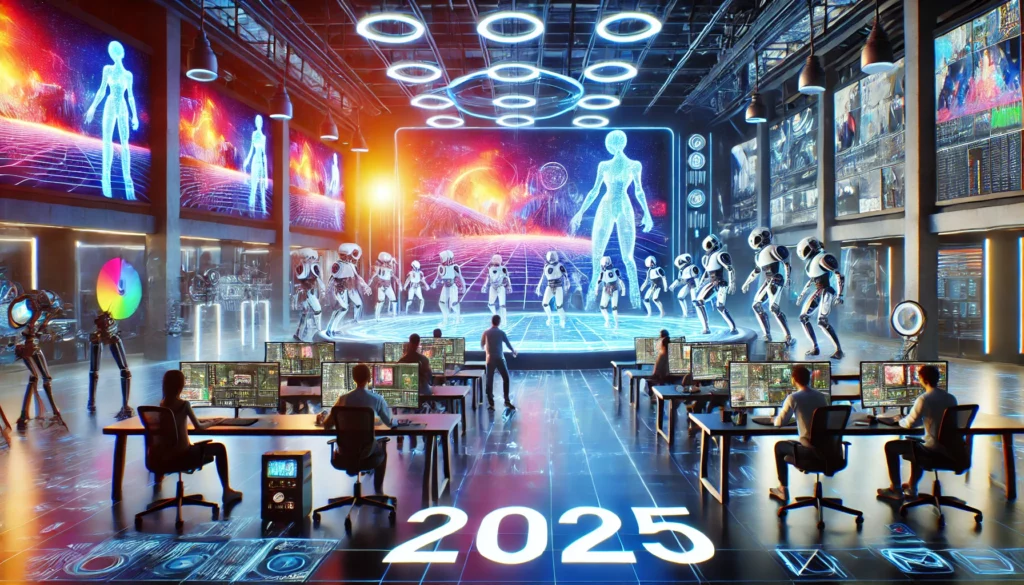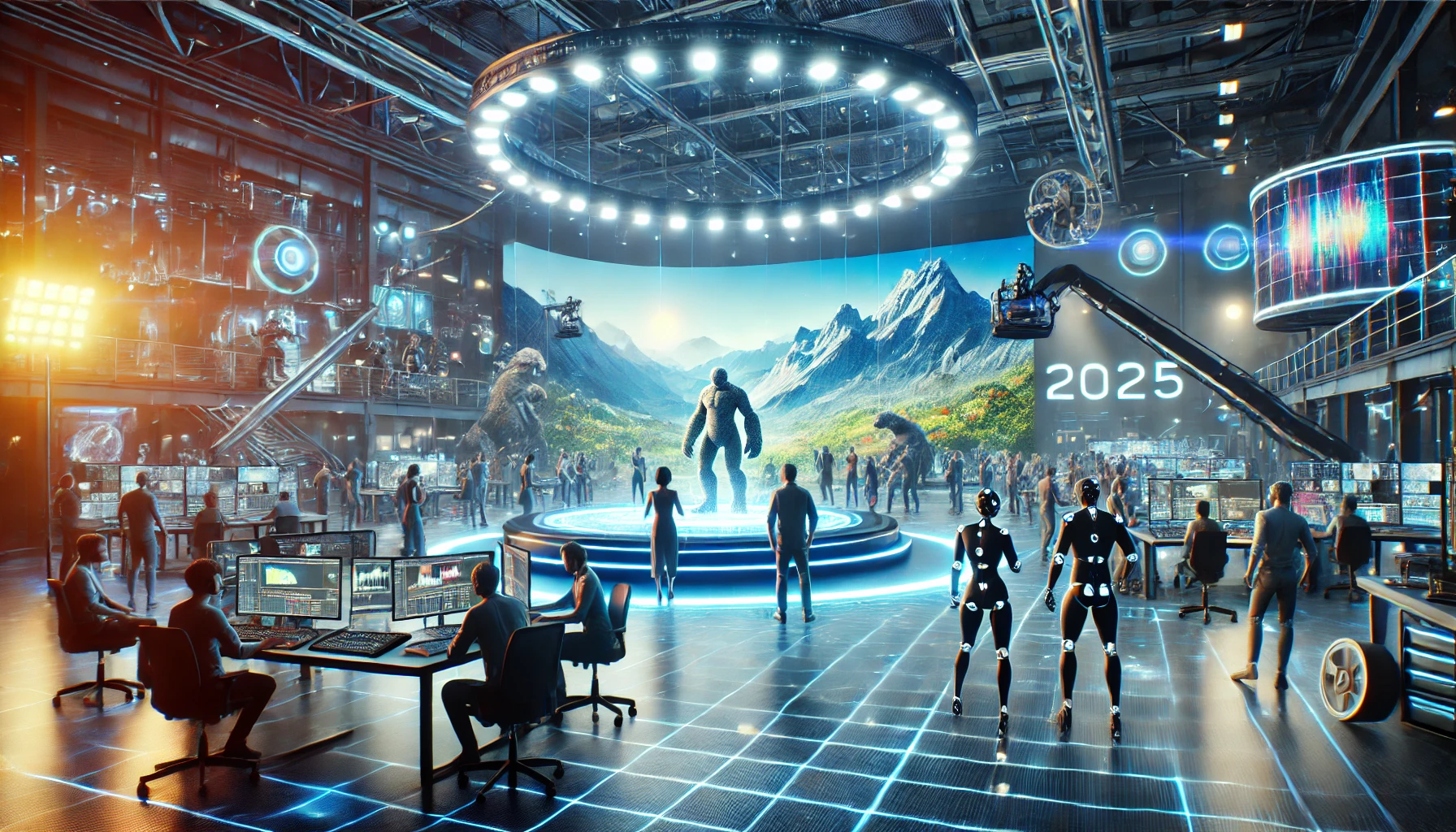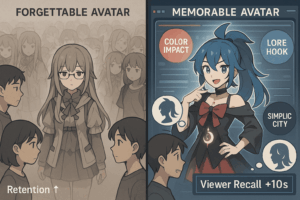Virtual production is redefining the world of animation by merging traditional filmmaking techniques with the power of cutting-edge technology. By integrating real-time rendering, motion capture, and virtual reality into creative processes, this transformative approach eliminates barriers between pre-production, production, and post-production phases. As the demand for immersive, visually stunning, and efficient workflows grows, virtual production has emerged as a game-changer for the animation industry.
The Evolution of Animation Technology: A Journey to Virtual Production
Animation has always been a medium of innovation, evolving through technological leaps to deliver powerful storytelling. Early hand-drawn animations, such as Walt Disney’s Snow White and the Seven Dwarfs (1937), required meticulous frame-by-frame creation. The advent of animation reduced redundancies, paving the way for iconic productions like Gulliver’s Travels (1939).
As the 20th century progressed, stop-motion animation, CGI, and motion capture expanded creative possibilities. Films like Toy Story (1995), the first fully computer-animated feature, showcased the potential of digital animation. Virtual production builds upon this legacy by blending these techniques with real-time tools, pushing the boundaries of efficiency and creativity.
What is Virtual Production? A Game-Changing Approach
At its core, virtual production merges the physical and digital realms, leveraging tools like game engines, virtual art departments, and LED volume stages to reimagine the creative process. Real-time rendering enables filmmakers and animators to visualize and refine scenes interactively, significantly reducing the need for revisions in later stages.
Virtual production incorporates techniques like previsualization (previz) to construct detailed digital environments early in production. Virtual art departments collaborate to design photorealistic assets, while real-time game engines like Unreal Engine and Unity allow creators to experiment with lighting, textures, and camera angles instantly. These capabilities make virtual production invaluable not just for animation but also for live-action filmmaking and advertising.
Why Virtual Production is Essential in 2025?
In today’s fast-paced industry, virtual production addresses critical challenges, such as rising audience expectations for high-quality visuals, tighter deadlines, and the need for sustainability. Key reasons why virtual production has become indispensable include:
- Enhanced Efficiency: Real-time rendering accelerates the creative process, allowing teams to make decisions and adjustments on the fly.
- Global Collaboration: Cloud-based pipelines facilitate seamless teamwork across borders, enabling studios to tap into a diverse pool of talent.
- Sustainability: Digital sets and virtual environments reduce the need for physical construction and location shoots, lowering costs and environmental impact.
By integrating extended reality (XR) and AI-powered tools, virtual production is unlocking new possibilities in storytelling. For instance, XR stages with LED walls create immersive backdrops that respond dynamically to camera movements, enhancing realism and reducing reliance on green screens.
Transforming the Animation Workflow
Traditional animation workflows often required lengthy rendering times and substantial manual adjustments. Virtual production streamlines this process by enabling animators to visualize near-final results during production. This shift minimizes costly revisions and maximizes creative experimentation.
Key Advantages of Virtual Production:
Let’s discuss the key advantages and how it will help us.
- Real-time Visualization: Tools like Unreal Engine allow teams to interact with characters and environments instantly.
- Improved Collaboration: Remote stakeholders can participate in live sessions, fine-tuning creative elements collectively.
- Greater Realism: Motion capture technology adds authentic human expressions and movements to animated characters.
For example, previsualization enables animators to craft entire sequences digitally before full production begins. Directors can then fine-tune lighting, framing, and visual effects, ensuring a cohesive vision without overspending.
Technologies Driving the Virtual Production Revolution
Virtual production relies on several ground-breaking technologies that empower creators:
- Game Engines: Platforms like Unreal Engine and Unity provide the backbone for real-time rendering, supporting photorealistic environments and dynamic simulations.
- Motion Capture Systems: These tools track human performance with precision, translating facial expressions and movements into lifelike digital characters.
- LED Volumes: High-definition LED walls replace traditional green screens, creating immersive virtual environments with natural lighting.
- AI-Driven Tools: Artificial intelligence streamlines repetitive tasks, such as asset generation and scene optimization, freeing animators to focus on storytelling.
Together, these technologies democratize animation by making high-quality tools accessible to independent creators and smaller studios.
Fostering Collaboration and Inclusion in Animation
Virtual production’s cloud-based workflows enable creative teams from around the globe to work together in real-time. Artists, writers, and animators can contribute simultaneously to the same project, regardless of geographic location. This interconnectedness promotes diversity and enriches narratives with authentic cultural perspectives.
Moreover, customizable digital assets ensure accurate representation of diverse characters, including varied body types, skin tones, and abilities. Studios can also integrate multilingual voice acting and culturally specific storytelling, enhancing global resonance and authenticity.
Empowering Independent Creators and Small Studios
Historically, the high cost of animation tools and infrastructure limited ambitious projects to large studios. Virtual production levels the playing field by reducing reliance on physical sets and enabling cost-efficient workflows. Independent creators can use LED stages and game engines to achieve cinematic-quality visuals on modest budgets.
Previsualization further empowers smaller teams by allowing them to refine their vision early in production. This eliminates wasteful iterations and keeps projects on track. Remote collaboration tools also make it feasible for dispersed teams to collaborate effectively, reducing logistical barriers and overhead costs.
Challenges and Opportunities in Virtual Production
Despite its transformative potential, virtual production presents challenges such as high hardware costs, technical learning curves, and cybersecurity concerns. Studios must invest in skilled talent and robust security measures to fully leverage its capabilities. However, these challenges are outweighed by the opportunities it offers:
- Automation through AI: Reduces manual workloads and accelerates processes.
- Integration of XR and AR: Expands creative possibilities by blending physical and digital worlds seamlessly.
- Sustainability Benefits: Minimizes environmental impact through reduced physical production demands.

Future Trends: The Road Ahead for Virtual Production
Virtual production is evolving rapidly, with trends pointing to an even more dynamic future for animation:
- Advancements in Real-Time Rendering: Improved GPU performance will allow for faster, higher-quality visuals.
- AI-Driven Customization: Machine learning will enable more personalized audience experiences and efficient asset creation.
- Crossovers with Interactive Media: Game engines will blur the lines between animated films and video games.
- Extended Reality Integration: AR and VR tools will enable creators to immerse themselves directly in their virtual worlds for more intuitive workflows.
These innovations promise to further bridge the gap between traditional filmmaking and digital artistry, expanding the horizons of storytelling.
Conclusion: Embracing the Virtual Frontier
Virtual production is not just a tool but a revolutionary approach that has redefined the animation landscape. By integrating real-time rendering, motion capture, and game engine technologies, it empowers creators to craft immersive narratives with unprecedented efficiency and inclusivity. Its potential for collaboration and sustainability ensures it will remain a cornerstone of modern content creation. Are you ready to explore the future of animation? 3DAiLY is here to help you harness the power of virtual production. Discover innovative tools and stay ahead in the industry with 3DAiLY—your gateway to cutting-edge animation solutions. Visit 3DAiLY today and revolutionize your storytelling!



